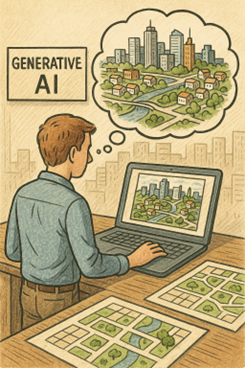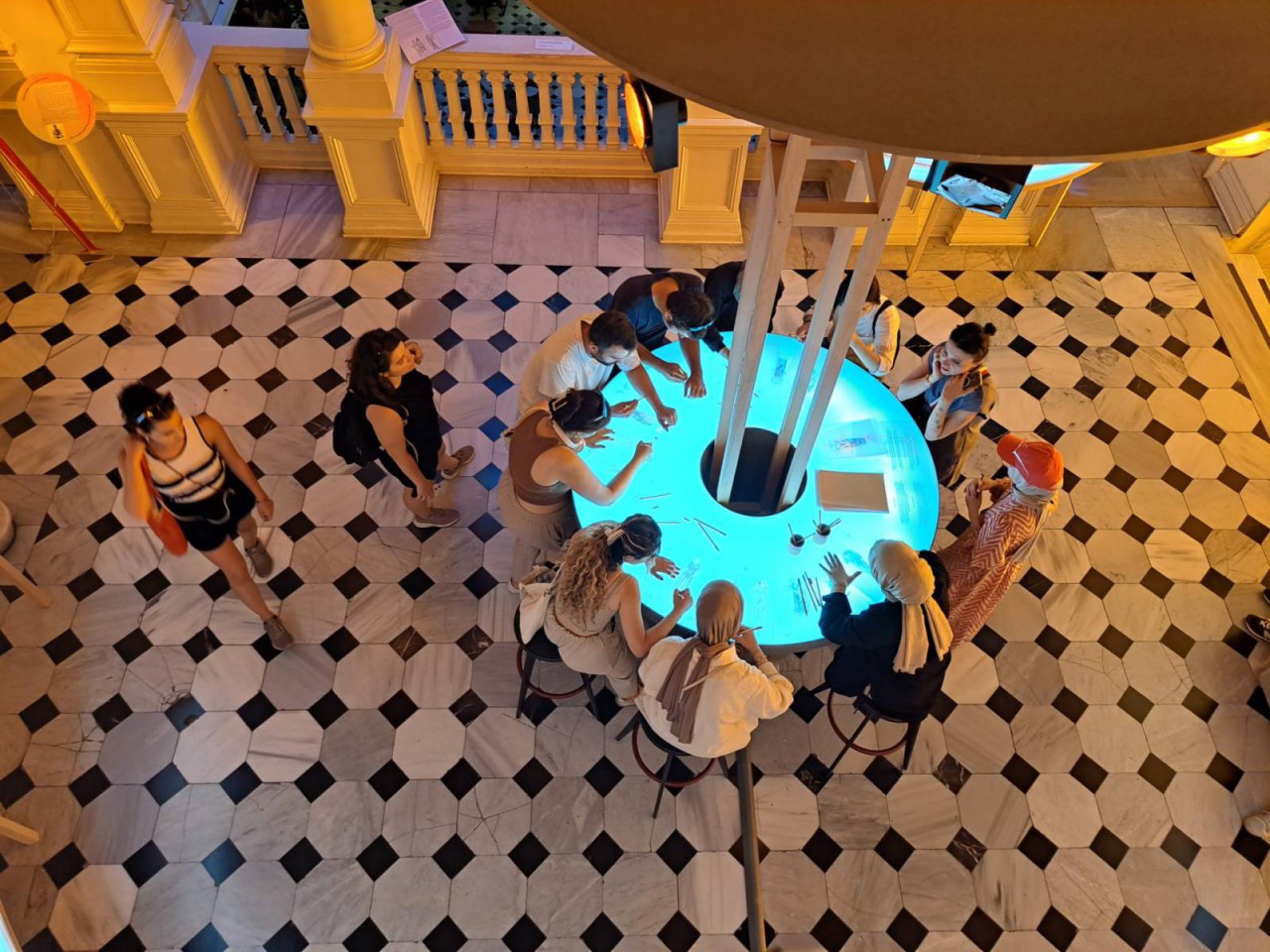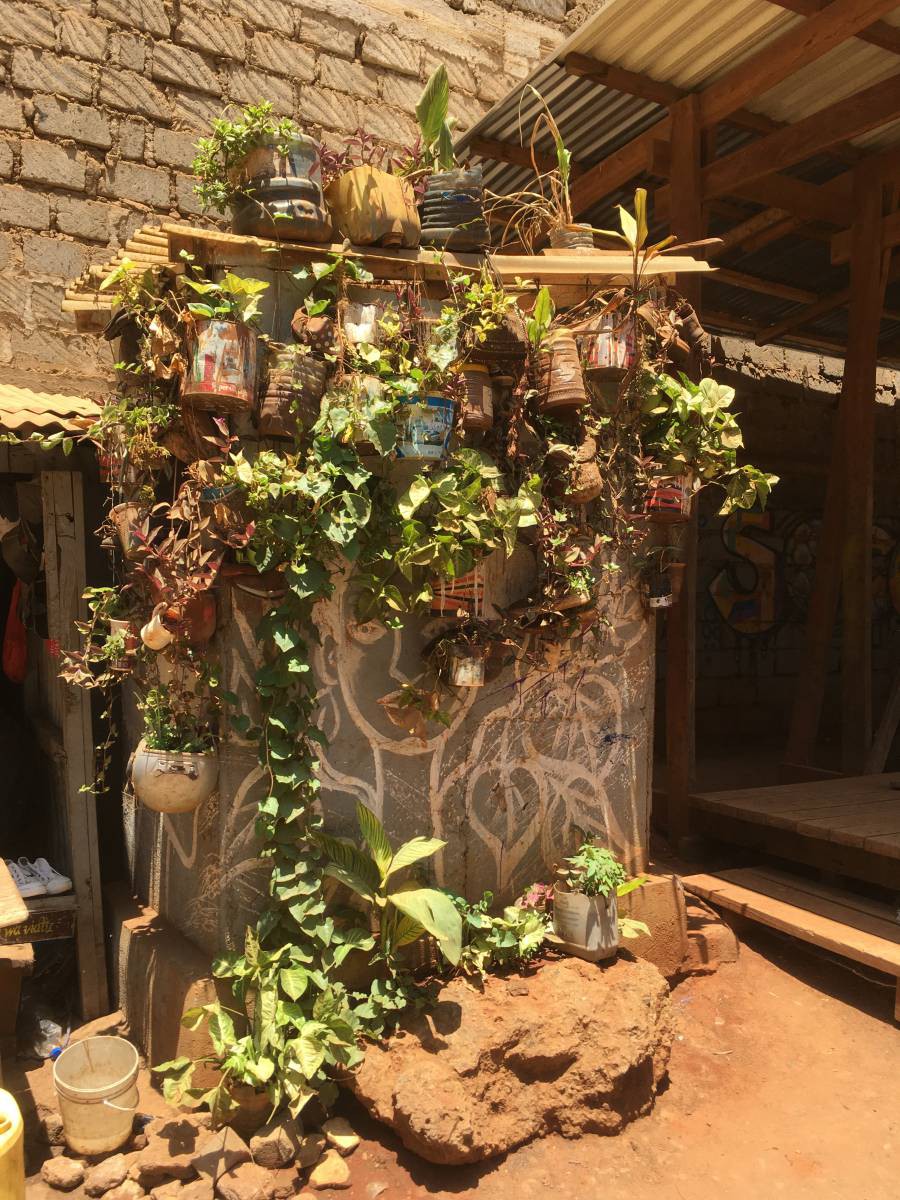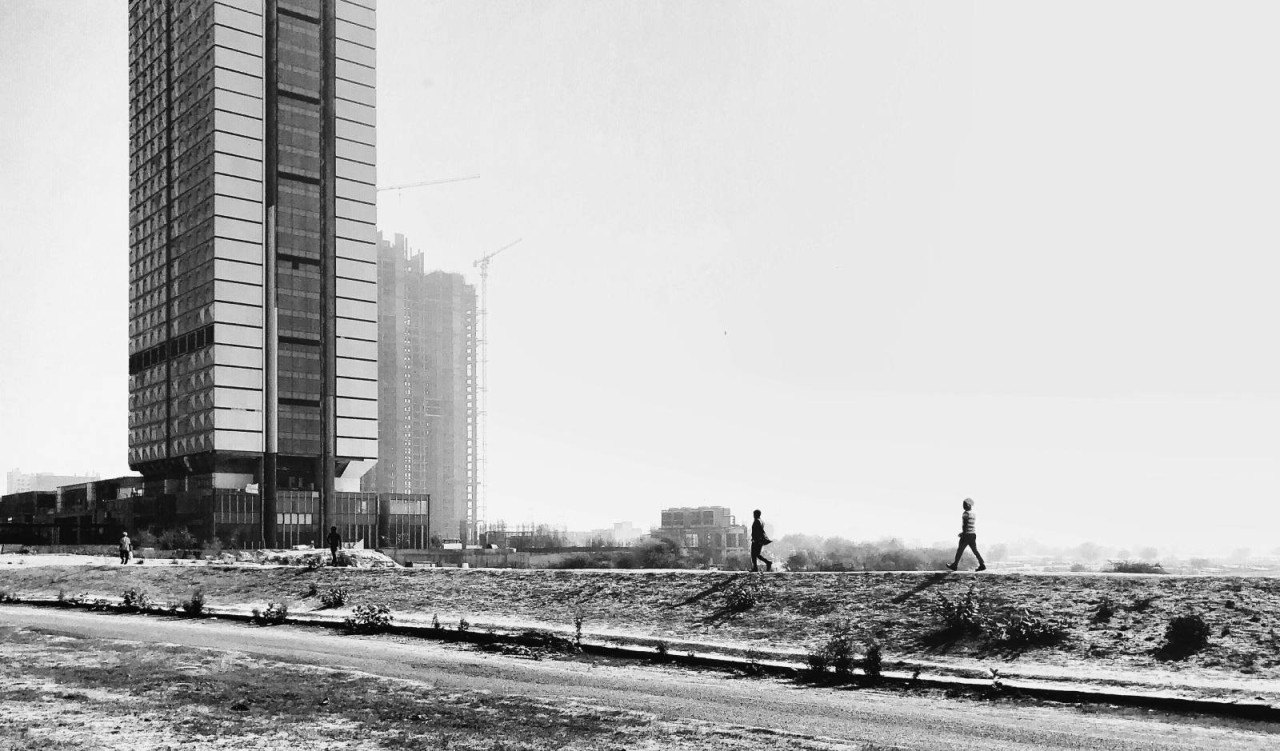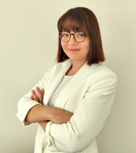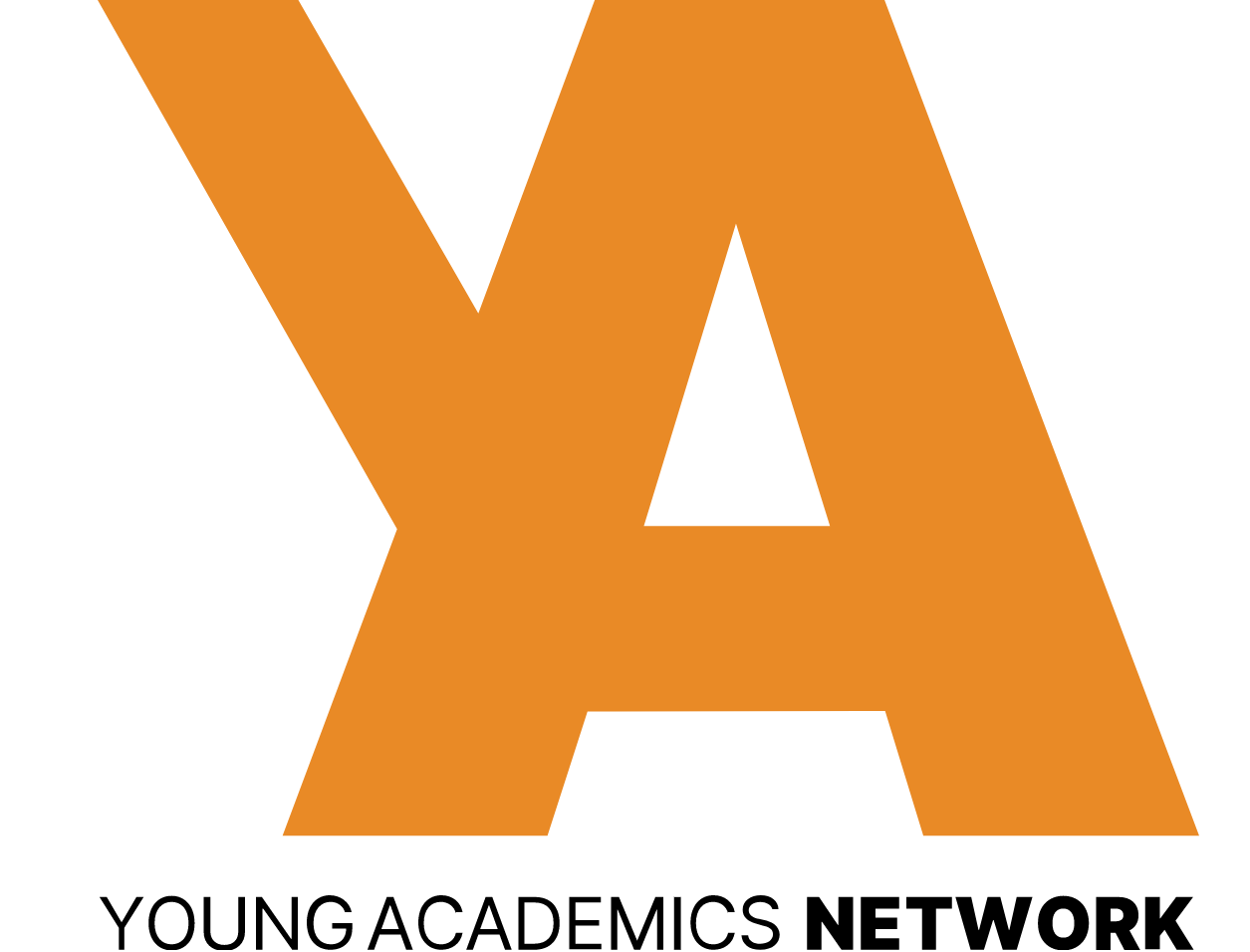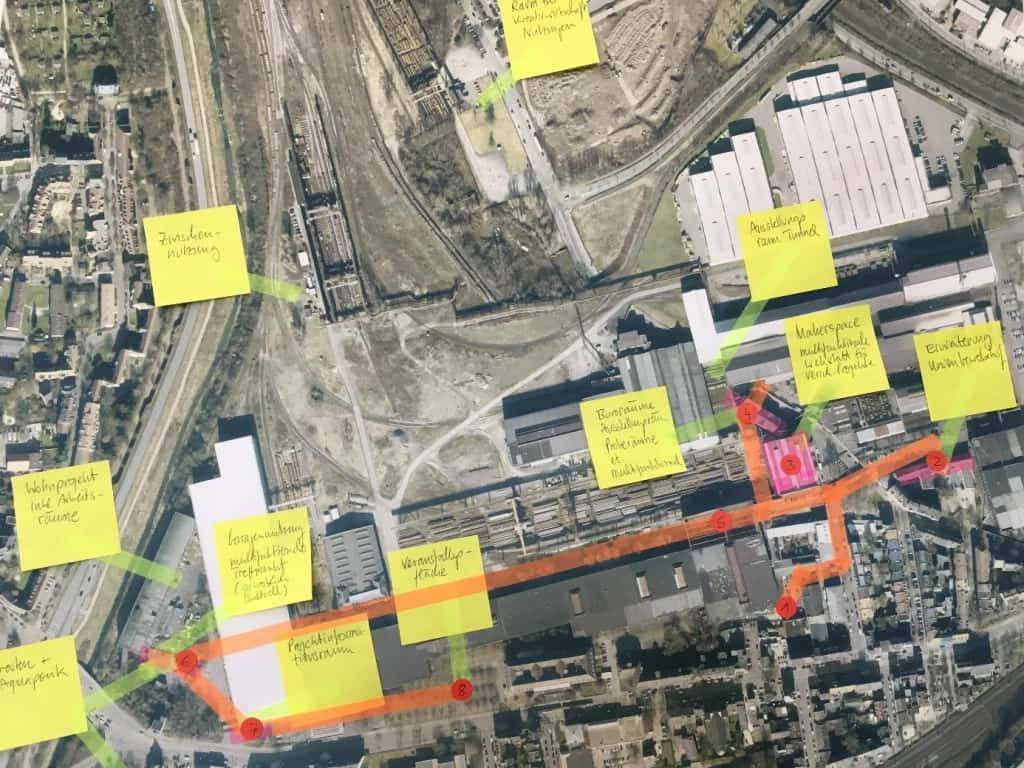By Tiernan FitzLarkin Introduction The launch of ChatGPT by OpenAI in 2022 arguably marked the beginning of a new era that has extended far beyond the technology sector. The platform amassed over 100 million users within months of its launch, propelling AI into professional and personal settings everywhere. While AI itself is not a recen...
Author: Başak Suvakçı I. Living on the Fault Line Turkey has always lived alongside earthquakes. Since 1999, the country has endured five major tremors exceeding magnitude 7.0, according to the U.S. Geological Survey (USGS): the İzmit and Düzce earthquakes of 1999 (Mw 7.6 / 7.2), the Van earthquake of 2011 (Mw 7.1), the İzmir earthquake of 20...
Authors: Helen Nuo XU and Gehry Guo CUI Rethinking urban village regeneration: from a 'project' to a 'process' Speed is often the most striking impression many have of China's incredibly rapid urban development over the past four decades. An example is the 200,000 m2 Wanda Shopping Plaza, which can be completed from architectural design t...
Authors: Helen Nuo XU and Gehry Guo CUI Urban villages emerged as a direct result of rapid urbanization when farmlands were purchased for green new development, leaving villages surrounded by modern high-rises. They are usually densely built and populated, accommodating migrants with low rent price and proximity to jobs and urban activit...
Authoritarian populist regimes have no use for technocrats who purport to serve the public good in the name of rationality. Where does that leave planners? Planners, like all technocrats, draw their authority from their specialized knowledge. Whether in government or the private sector, planners' know-how, experience and expertise is what gives the...
Why is the civic role of universities relevant in developing better learning environments to achieve effective urban alternatives? This reflection is based on my Ph.D. thesis titled, Universities as Potential Social Agents in the Urban Regeneration of Fragile Local Communities: A Mutual Learning Process. As I embark on this reflection, it is c...
This blog post tells the story of community-led tree-planting activities and youths' efforts in Mlango Kubwa, Mathare, to transform their neighborhood into one that is more conducive to and life-supporting for future generations. Mathare residential area is in Mathare Valley, Nairobi. Mathare is Kenya's second largest informal settlement, home...
This is the second part of our interview with two scholars who research what makes cities beautiful. If you missed part one, you can read it here. Some research on "beautiful cities" has emphasized the economic premium placed on built environments considered particularly aesthetically pleasing. Is there a way to avoid a situati...
A conversation with two scholars about what makes cities beautiful, and the role of planning in creating beautiful human environments (or not). Aesthetics once played an indispensable role in city-making processes, as anyone who has ever visited a medieval Italian town or a Middle Eastern walled city can attest. These days, while aestheti...
A Review of Llerena Guiu Searle's Landscapes of Accumulation: Real Estate and the Neoliberal Imagination in Contemporary India By Meher Bhagia In the early 2000s, a new narrative about economic growth in India began circulating among real estate investors. This narrative muddled stories of rising land prices with accounts of growth in GDP, incomes,...
Dear fellow young academics, future CT members and friends, I am Ceren, an urban planner and postdoctoral researcher based in Bratislava, Slovakia. Since 2022, I have been an elected member of the Young Academics (YA) Coordination Team (CT), and since June 2023 I am the elected Chair of the YA network and AESOP ExCo member. I wanted to take a momen...
Reading time 8 min. About the author: Sıla Ceren Varış Husar, Kütahya Dumlupınar University and Slovak University of Technology Sıla Ceren Varış Husar, a postdoctoral researcher, completed her PhD at the Middle East Technical University Department of City and Regional Planning in 2021. Her dissertation focuses on regional innovation and its relatio...
a 24-hr translingual radio broadcast exploring climate mitigation and decarbonisation through the theme of numeracy This year spatialradio.live, with the support of The British Council in Egypt, is partnering with Ain Shams University Cairo to develop a broadcast called 'Zero' with the subtitle Numeracy Narratives for Urban Resilience. This broadca...
https://impactcircles.org/team/ Following our latest call to action, Dr.-Ing. Mennatullah Hendawy, a member of the AESOP YA Coordination team, showcases the following project (We look forward to receiving and showcasing similar projects!): At Impact circles, Our mission is to collect Informed Data to gain new knowledge. Each team member combin...
10 min. read Introduction In the first article in this series, I discussed the importance of starting and ending with why, and how a fit-for-purpose strategy can help deliver a meaningful contribution to knowledge. This, even as the odds of research projects may lead one off the beaten-track and into the great wilderness of the 'Unplanned'. The cap...
In addition to our blog re-focus towards articles showcasing what is going to happen to planning and urban studies pedagogy to invite you to share your urban planning and design-based specific projects, showcasing them for the broad audience of AESOP YA. Specifically, we are looking to showcase individual projects that are exciting case studies of ...
Starting our series of posts around urban studies research and pedagogical alternatives post-2020, we have our very own Ian Babelon again with us. This first article is focused on his observations and insights around literature reviews that start and end with 'why'. We are confident this series of literature reviews will give you much material for ...
There is a change that is happening within the planning discipline. Issues of public and private health, natural disasters, international conflicts, the rise of populism and illiberalism but also personal well-being, autonomy, and critique towards positions of power are evolving around the built environment. The fundamentally social and environment...
Introduction Cities in diverse contexts experience increasing civil society engagement through neighbourhood-scale, informal and citizen-based interventions. Local expertise provides civil society initiatives with a notable advantage over professional planners and offers the possibility to become place-makers – and ultimately urban planners –...
1 min. read The voting platform for the following AESOP Young Academics Network Coordination Team members is now open. We are looking for three new members who will join the AESOP Young Academics Coordination Team (CT) from June 2022 for two years. This is an excellent opportunity for everyone who wants to support the many activities of AESOP,...

